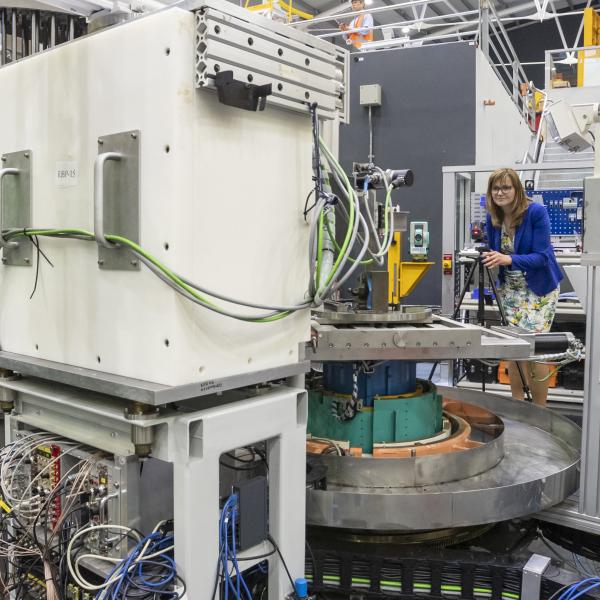

Published on the 29th November 2021 by ANSTO Staff
Romar Engineering, an Australian manufacturing company that produces medical devices, provided an additive manufacturing challenge to participants in ANSTO’s National Graduate Innovation Forum held this month.
The company proposed that students take real-world data and build a software post-processor for visualisation of a medium-speed additive manufacturing process.
The data will be used to evaluate the integrity of a build using the sophisticated 3D metal printer, the Lasertec 65.
“We were trying to work out if there has been an issue during the build; where there may be a void, or an inclusion or something that will weaken the part and whether it's going to be critical to the survival of the part,” said CEO Alan Lipman.
The participants working on the Romar challenge had to develop a statistical analysis on key meltpool and part parameters to complement existing image capture hardware currently in use for non-destructive evaluations.
Romar uses a hybrid manufacturing approach that couples laser-directed energy deposition with simultaneous 5-axis CNC milling with on-machine verification.
Romar undertakes new design and builds projects for customers with the capacity to manufacture impellers, turbine housings, heavy wall ducting and wear-resistant components for the energy, space, defence and industrial sectors.
The innovation challenge relates to the production of a standard product.
“The challenge is really about the parameters of the material. There are many factors that come into it, the size of the particles, the metal being used, the power of the laser and how far the laser is off the build surface. As well as many other variables. So, it was sensible to keep it relatively standardised, so that we can work with that information going forward,” explained Lipman.
“Once we have detailed information about parameters and develop a good understanding of what is happening with this particular component at this temperature and power rating, we can apply that knowledge to other builds,” he added.
If successful, the approach could provide a way to qualify manufactured part integrity, avoiding costly scanning-based inspections.
“It made sense for us to take up the opportunity. You can go out and buy a $600,000 piece of equipment but if you don't have the people and the experience to run it, it's just a big boat anchor,” said Lipman.
Romar Engineering has unparalleled manufacturing experience and the capability to provide scalable and commercially viable industrial manufacturing solutions.
It operates state-of-the-art equipment, including a Class 8 Clean Room as well as the only Lasertec 65 3D printer in Australia and has also just installed a GE Concept Laser M2.



